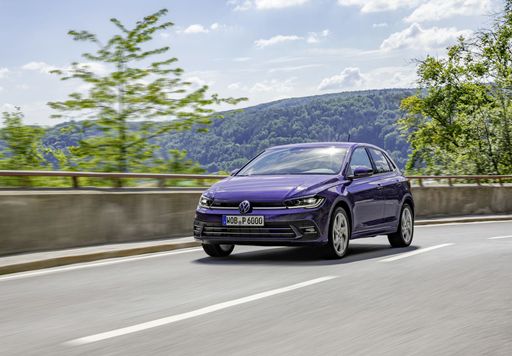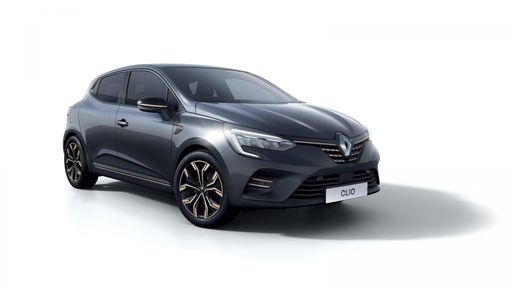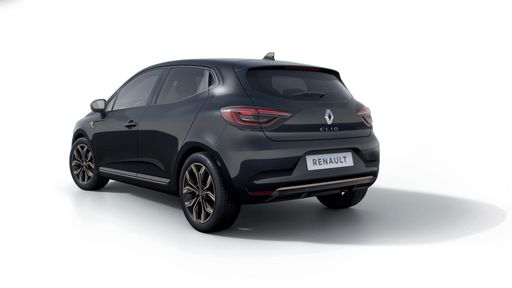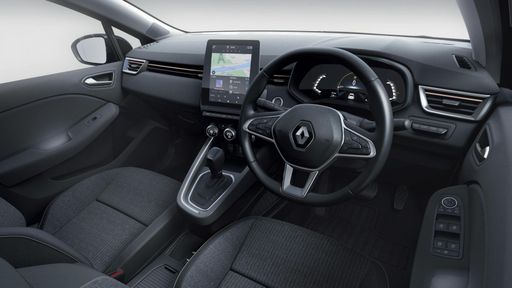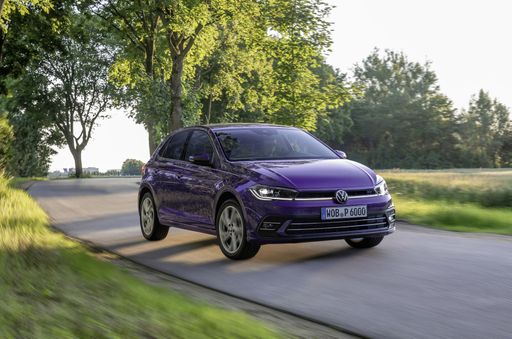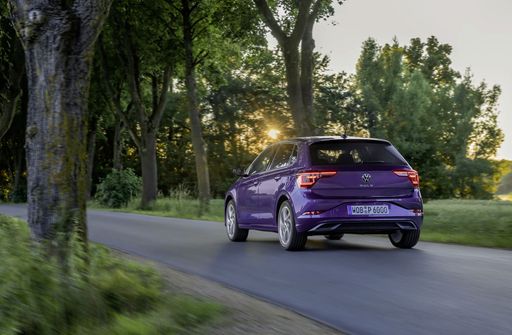The Battle of Compact Hatchbacks: Renault Clio vs. VW Polo
In the competitive landscape of compact hatchbacks, two iconic models stand out: the Renault Clio and the VW Polo. Both cars offer a blend of practicality, efficiency, and performance, catering to a similar demographic of urban drivers. This article delves into a comprehensive comparison of these two vehicles, highlighting their technical specifications, innovations, and driving experiences.

